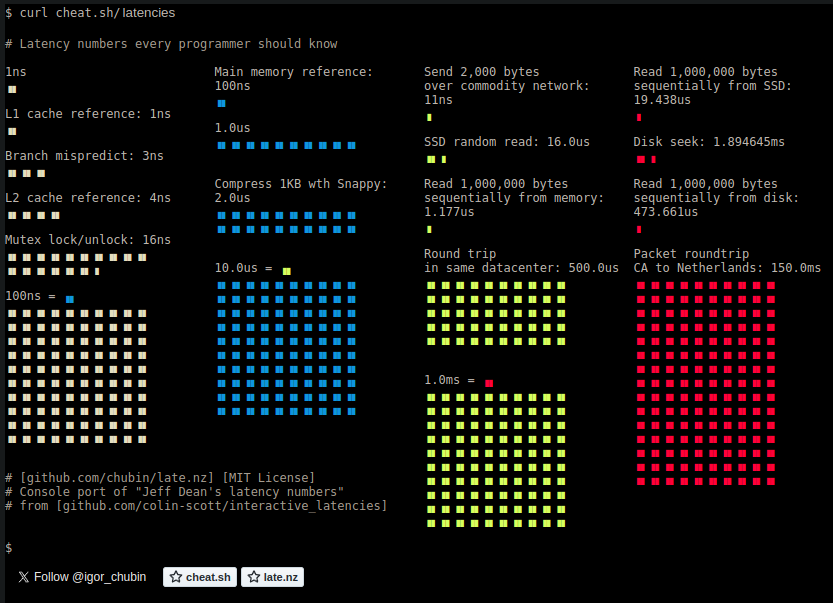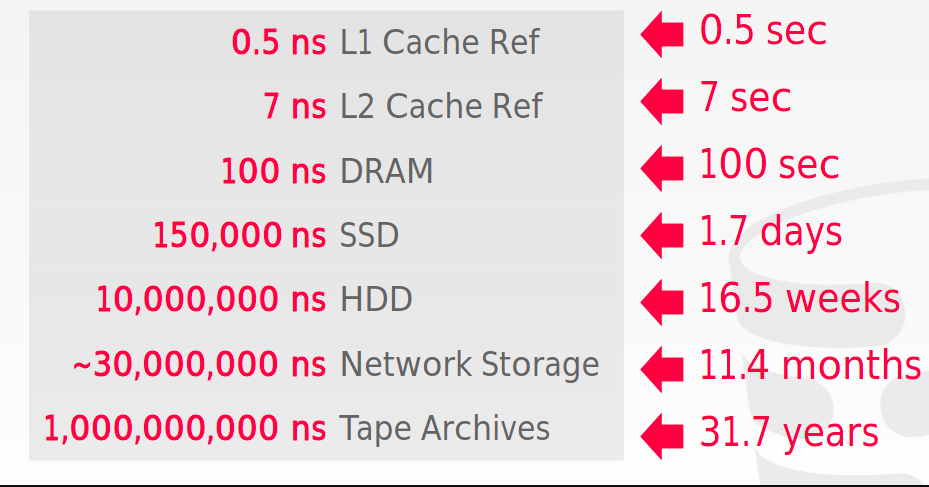This blog lists my learning and discussion from the Software Internals Book Club, which I am a part of. The book club is run by Phil Eaton. More on this here.
For this book I would be building my own SimpleDB Implementation in Golang more on that here
Chapter 1 talks about the basic properties of databases and the setup of a Simple DB.
Fundamental Properties of a Database
- Persistence: Databases must be persistent; otherwise, records would disappear when the computer is turned off.
- Sharing: Databases can be shared by multiple concurrent users.
- Accuracy: Databases must remain consistent and accurate.
- Usability: Databases should handle various queries, indexing, searching, and other functions efficiently.
Record Storage
- The simplest way to make a database persistent is by storing records as text files, with one file per record type.
- Problems with this approach:
- Large text files take too long to update and read.
- Searching in large text files is inefficient as it requires sequential scans.
- Concurrent writes by multiple threads can lead to data corruption.
- Interoperability between different applications and machines becomes complex.
- A machine crash during an update could lead to inconsistent records.
- Replicating the database for high availability across multiple machines becomes difficult.
Multi-user Access
- When databases are shared, multiple concurrent users may try to read or update a record simultaneously, leading to data inconsistencies. Concurrency control through locks ensures that records are locked until the first user completes the task.
Dealing with Catastrophe
- Databases should handle crashes effectively. If a crash occurs during an update, the database must revert to a consistent state, ensuring that updates are atomic in nature.
Memory Management
The author gives an excellent analogy of buying a cookie to explain memory management:
- Kitchen (RAM): Quick access (5 seconds).
- Nearby Grocery Store (Flash Drive): Slower access (5000 seconds).
- Mail Order (Disk): Slowest access (500,000 seconds).
This analogy highlights the speed differences between memory types, with RAM being the fastest and disk being the slowest.
Usability
- A database must support query languages and utility functions to extract data effectively. This ensures users don’t have to implement their own methods for accessing data.
Simple DB Setup
Our club member created a handy gist for setting up and running a simple database from the CLI without an IDE.
Exercises
Suppose an organization needs to manage a small number of shared records (e.g., 100 records).
- Would it make sense to use a commercial database system for managing these records?
- No, using a simple solution like Google Sheets, Notion, or Excel would make more sense for small datasets.
- What database features would not be required?
- Features like indexing, query optimization, caching, row-level locking, and concurrency would be unnecessary.
- Could a spreadsheet be used to store these records? What are the potential problems?
- Yes, but problems include lack of advanced features like complex queries and data security, as well as limited data integrity controls.
- Would it make sense to use a commercial database system for managing these records?
Suppose you want to store a large amount of personal data. What database features wouldn’t you need?
- You wouldn’t need sharding, real-time analytics, or row-level security if no one else accesses the data. Some features like query optimization might still not be necessary.
How large does your data need to be before storing it in a database becomes necessary?
- For personal data, if the dataset grows to over 100,000 records, using a database system would become essential for efficiency.
- Other factors include the need for concurrency control, data security, and backup mechanisms.
Comparing a version control system (like Git) to a database system:
- Does a version control system have a concept of a record?
- Yes, it can treat commits as records.
- How does check-in/checkout correspond to database concurrency control?
- It functions similarly to record locks, ensuring no conflicts between changes.
- How does a user commit changes and undo uncommitted changes?
- Users commit changes with the
commitcommand and can undo withresetorrevert.
- Users commit changes with the
- How well does saving updates as difference files satisfy the needs of a database?
- This strategy mirrors database logging mechanisms that record incremental changes, ensuring that the current state can be recreated.
- Does a version control system have a concept of a record?

